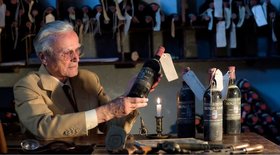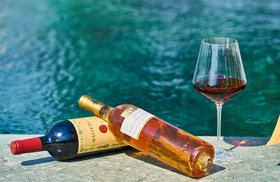The Bartolo Mascarello Winery (8 Best Barolo Wines, Prices 2025)
The Bartolo Mascarello winery is known for its iconic Barolo wines, unwavering traditional winemaking practices, and popular hand-drawn wine labels.
Keep reading to find out all about Bartolo Mascarello’s wine styles, their most outstanding Barolo wine bottles, winemaking practices, and a bit of its history.
Further reading
- Dive into the world of wine investment with this detailed guide.
- Check out more amazing Italian wines like the exquisite Tignanello and more mesmerizing Barolo wines.
A Peek Into the Bartolo Mascarello Winery
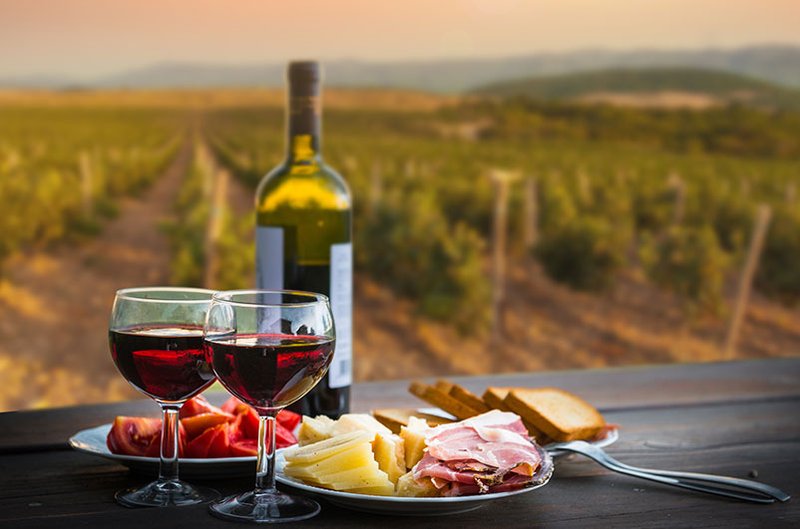
The Bartolo Mascarello winery is situated in Piedmont, Italy, and has been producing Barolo wine for over a century. Barolo is a red wine made exclusively from the Nebbiolo grape. Besides their signature Barolo, Bartolo Mascarello produces four other wines — Barbera d’Alba, Dolcetto d’Alba, Langhe Freisa, and Langhe Nebbiolo.
The winery was managed by Bartolo Mascarello until his death in 2005. After this, his daughter Maria Teresa Mascarello took over the family business.
They produce around 15,000 standard wine bottles and 1,200 magnums a year.
Interestingly, this iconic winery does no marketing or promotions, neither do they have an online presence!
Bartolo Mascarello Wine Styles
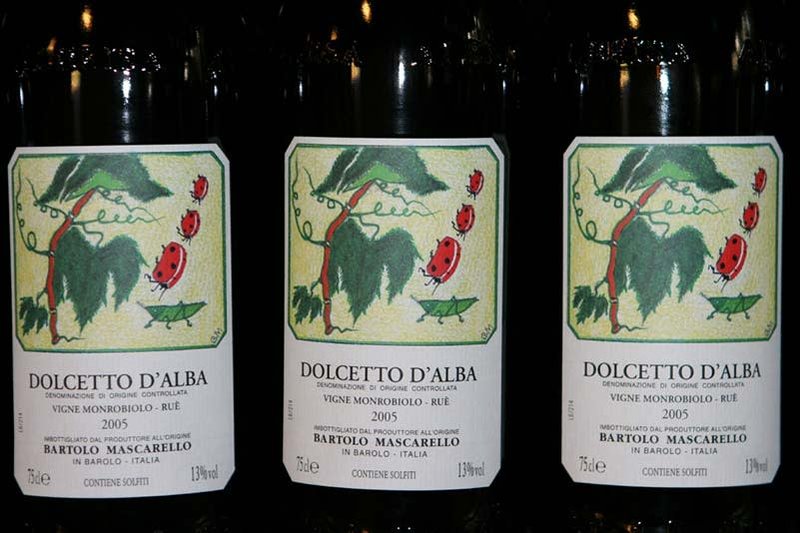
These are the five signature wine styles of the Bartolo Mascarello winery:
1. Barolo
Mascarello's Barolo is made with 100% Nebbiolo grapes from four different vineyards. The Barolo wine is aged for about three years in a 2,500-liter Slavonian oak botti followed by one year in the bottle.
2. Barbera d’Alba
This red wine is made with 100% Barbera grapes from a single vineyard. The Barbera d’Alba is aged in large wooden barrels for 18 months.
3. Dolcetto d’Alba
Bartolo Mascarello's Dolcetto is a medium-bodied blend of the Dolcetto grape from two crus in the Barolo township. Dolcetto wine is aged for about nine months in large oak barrels.
4. Langhe Freisa
Langhe Freisa is a red wine with a bit of effervescence. It’s made by pouring the Freisa must over Nebbiolo pulp (a process called Nebiolata.) The result is a wine that has both freshness and complexity.
5. Langhe Nebbiolo
The Langhe Nebbiolo wine is a declassified Barolo that can be enjoyed within ten years. It’s aged for nine months in large casks.
The Best Bartolo Mascarello Wines To Buy In 2024
Here are the most outstanding Bartolo Mascarello bottles to buy:
- 1961 Bartolo Mascarello Barolo Riserva, Barolo DOCG, Italy
- 1952 Bartolo Mascarello Canubbi Barolo DOCG, Italy
- 1970 Bartolo Mascarello Barbaresco DOCG Piedmont, Italy
- 1978 Bartolo Mascarello Barolo DOCG Piedmont, Italy
- Bartolo Mascarello Barolo Chinato Piedmont, Italy
- 2016 Bartolo Mascarello Langhe Nebbiolo Piedmont, Italy
- 2008 Cantina Bartolo Mascarello Barbera d'Alba Piedmont, Italy
- 2016 Bartolo Mascarello Langhe Freisa Piedmont, Italy
1. 1961 Bartolo Mascarello Barolo Riserva, Barolo DOCG, Italy ($919)
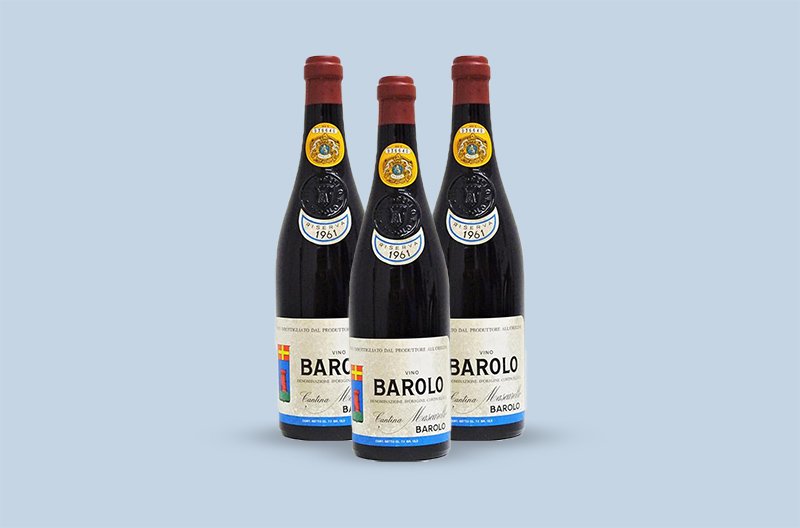
This majestic Barolo wine has heady aromas of sweet cherry and licorice. The palate has sweet fruit and umami notes, along with stunning textural intensity and silky tannins.
2. 1952 Bartolo Mascarello Canubbi Barolo DOCG, Italy ($802)
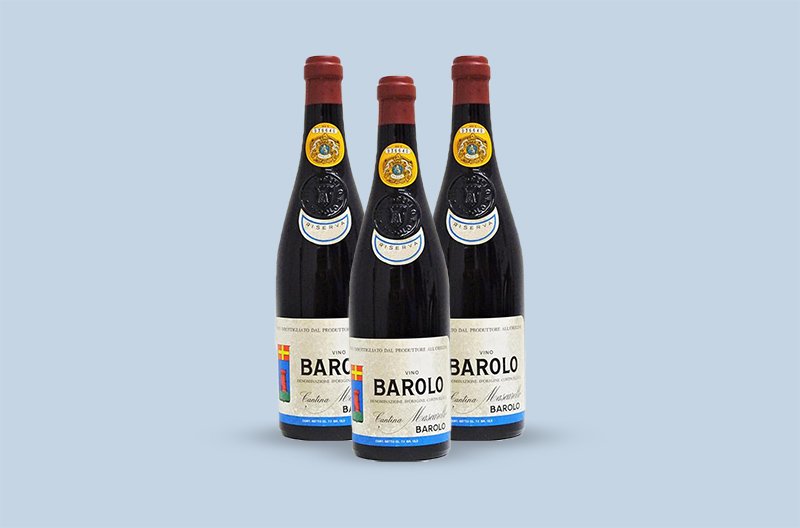
The 1952 vintage presented excellent fruit ripening conditions and resulted in a complex and well-refined Barolo. The wine has a delightful bouquet of rose petals, orange peel, and sour cherry. The palate has gooseberry and red fruit notes along with a fine tannin texture.
3. 1970 Bartolo Mascarello Barbaresco DOCG Piedmont, Italy ($515)
Here is a wine with a nose of roses, red berries, and mint. The palate has the sweet flavor of red fruit, licorice, anise, and floral tones. The wine has good acidity and stunning textural intensity.
4. 1978 Bartolo Mascarello Barolo DOCG Piedmont, Italy ($789)
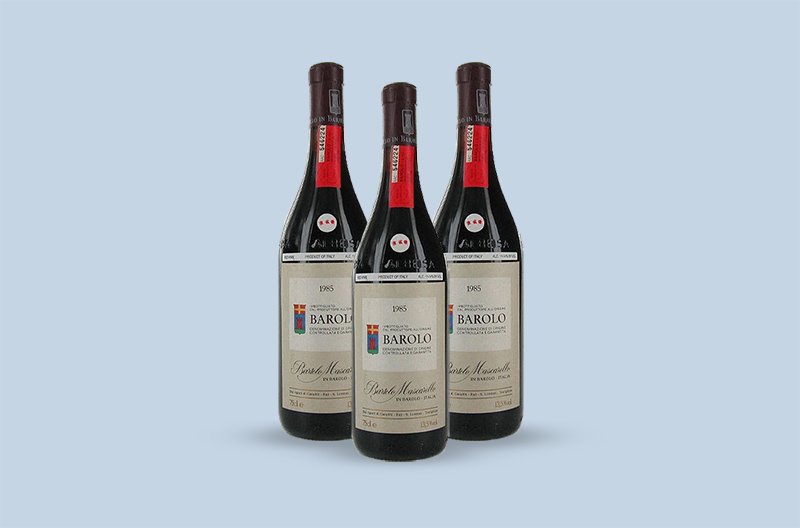
Here is a majestic Barolo wine that expresses classic shades of Nebbiolo nuance. It has an exquisite nose of black cherry, strawberry, anise, and licorice notes. On the palate are tasting notes of blueberries, flowers, and spice. The wine showcases bright acidity and lively freshness.
5. Bartolo Mascarello Barolo Chinato Piedmont, Italy ($275)
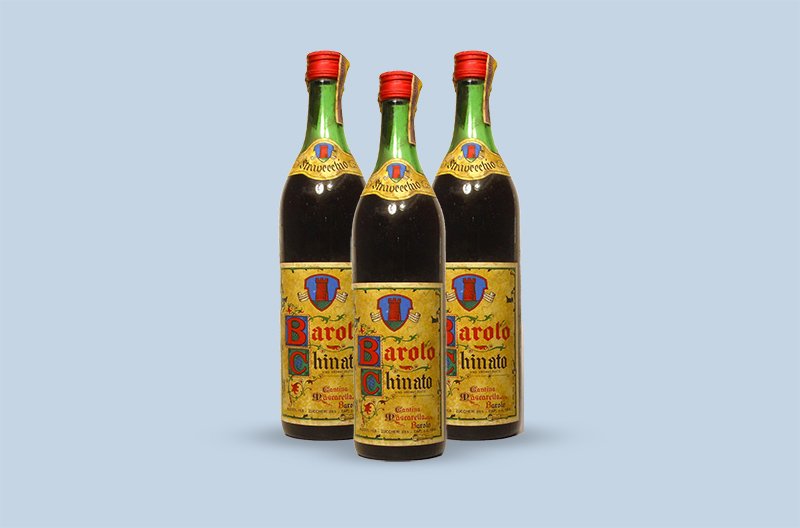
This spectacular non vintage wine has a delightful bouquet of herbs, baked fruit, and anise. The wine’s flavor profile includes hints of dark chocolate, licorice, and orange peel.
A grippy tannin mouthfeel, good acidity, and long finish round off this complex wine.
6. 2016 Bartolo Mascarello Langhe Nebbiolo Piedmont, Italy ($123)
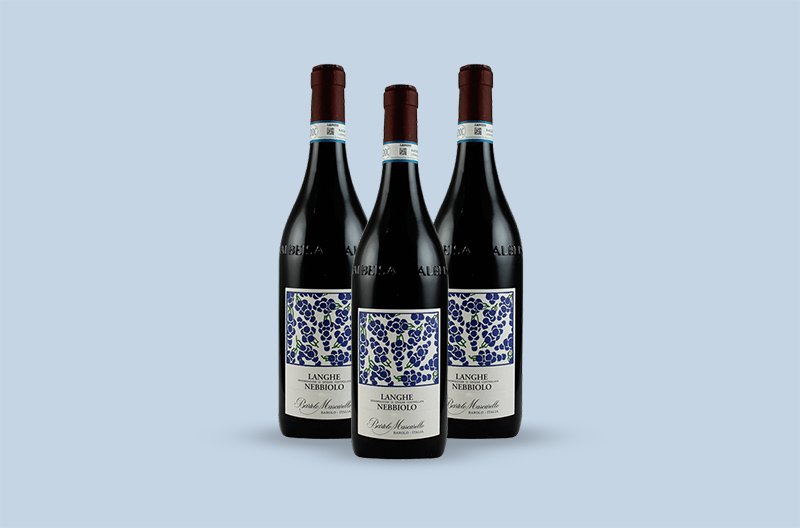
This Langhe Nebbiolo wine has heady aromas of lovely dark fruit, pepper, and earthy notes. The palate is complex, with fruity freshness and silky tannins. Enjoy this wine with ribeye steak and beef tenderloin.
7. 2008 Cantina Bartolo Mascarello Barbera d'Alba Piedmont, Italy ($95)
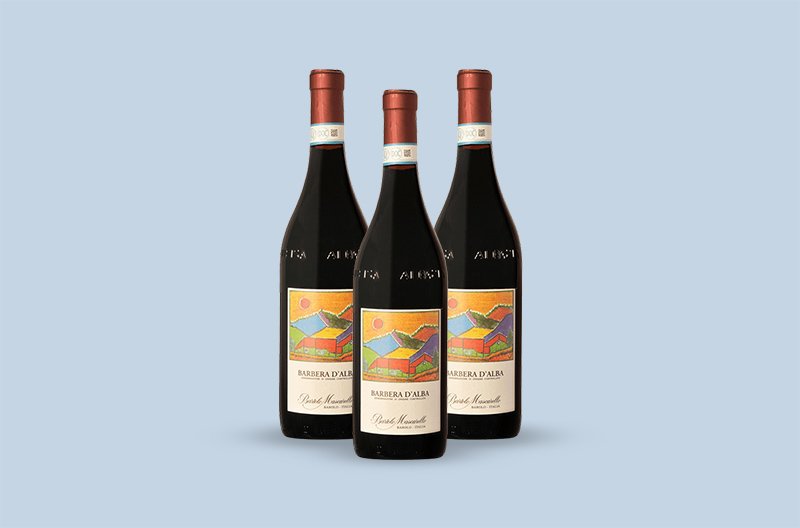
This medium-bodied wine has aromas of raspberry, cherry, and vanilla. It has a red fruit and oak flavor, along with a smooth tannin texture and acidity. Pair this wine with duck confit.
8. 2016 Bartolo Mascarello Langhe Freisa Piedmont, Italy ($69)
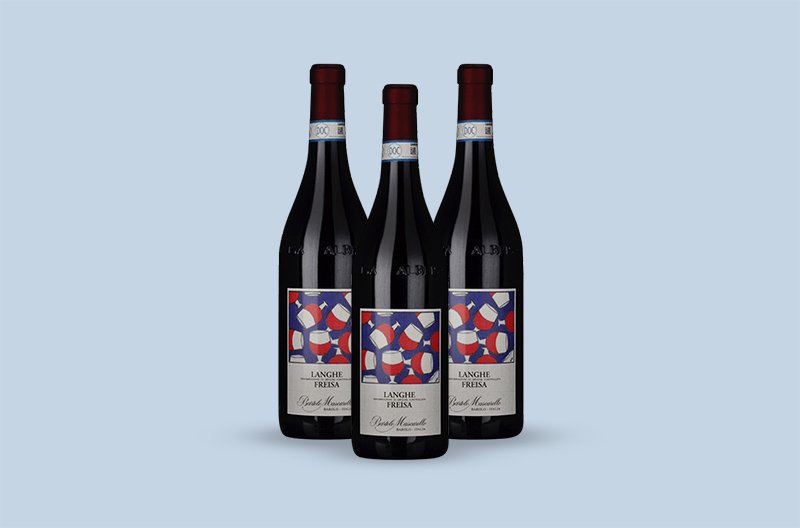
Here is a fine wine with a nose of tar, violets, and dark fruit notes. The palate has a lively freshness, bright acidity, and fruity and wood notes.
Investing in Bartolo Mascarello Wine
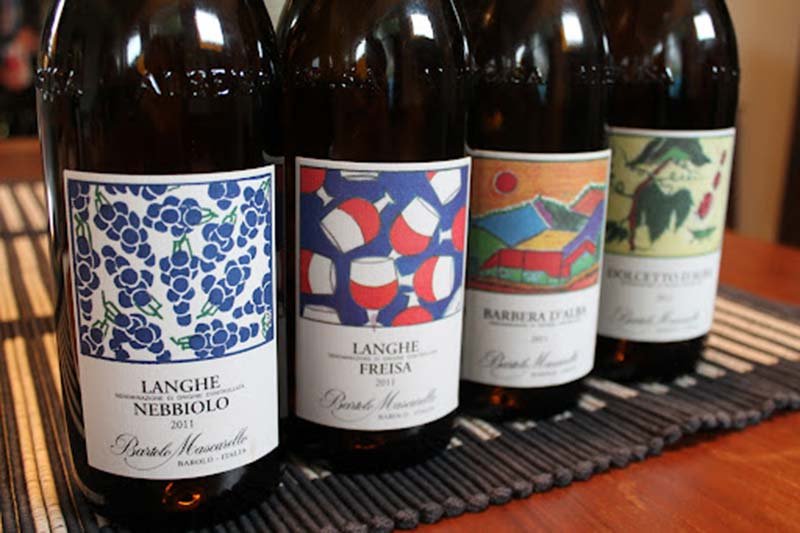
Bartolo Mascarello's Barolo wine can age for over 30 years.
The winery sells a significant portion of its wine exclusively to private customers who travel to Barolo to taste and collect these exquisite wines. It’s a practice that’s taken place since the ‘50s.
Bartolo Mascarello wine enjoys healthy price increases. For example, between 2019 and 2021, the 1961 Bartolo Mascarello Canubbi increased from $719 to $995, a 38% hike.
Bartolo Mascarello wines also star at many auctions. For example, at a 2017 Christie’s auction, different vintages of two magnums and a standard bottle of the Bartolo Mascarello Artist Label sold for $10,225.
Keen to add an exquisite bottle or two of Bartolo Mascarello wine to your collection?
The easiest way to do this is with the help of Vinovest.
Vinovest is a wine investment company that offers you a safe and secure way to invest in fine wine.
Read on if you want to know more about the vineyards, production processes, and a quick history of the winery.
Bartolo Mascarello Vineyards
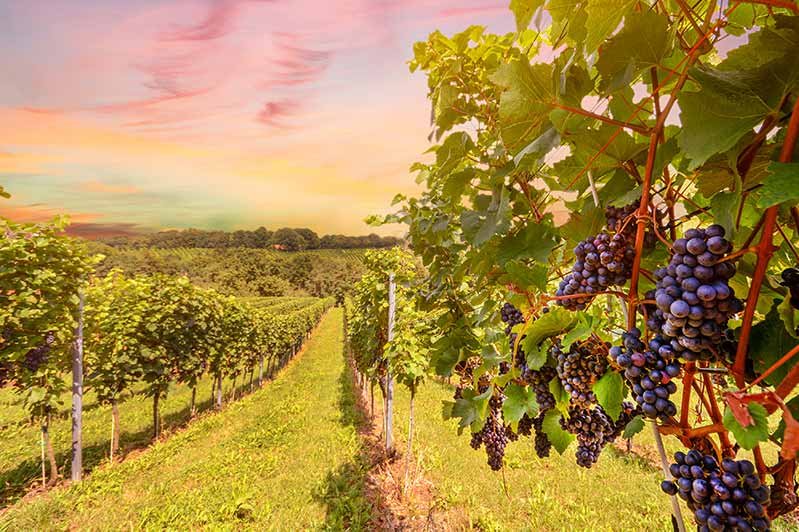
The winery makes sure each vintage produced is an accurate expression of the appellation's legendary estates.
These include five prestigious vineyards spread over 5 hectares in the Barolo village:
- Cannubi Vineyard (1.1 hectares): This Barolo vineyard grows majestic Nebbiolo grape vines.
- San Lorenzo Vineyard (0.4 hectares): The San Lorenzo vineyard, also located in Barolo, is planted with Nebbiolo and Barbera grapes.
- Rué Vineyard (0.8 hectares): This vineyard in Barolo has plantings of Nebbiolo and Dolcetto grapes.
- Monrobiolo di Bussia Vineyard (0.8 hectares): This Barolo vineyard is planted with Dolcetto and Freisa grapes.
- Rocche dell Annunziata Vineyard (1.9 hectares): This vineyard is in the commune of La Morra and grows Nebbiolo grapes.
The terrain at the vineyards is steep, so all the work is done by hand. The winery also does not use any chemical fertilizers or pesticides.
Next, let’s find out what happens in the Bartolo Mascarello winery and cellar.
Winemaking at Bartolo Mascarello
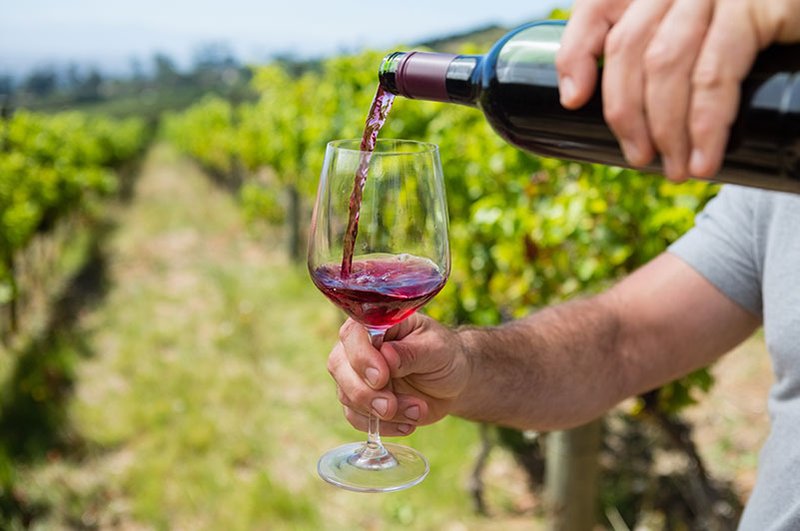
Bartolo makes Barolo wine by blending grapes from different vineyard plots. Here’s a quick look at the winemaking process at Bartolo Mascarello:
- Fermentation: After the grapes are harvested by hand, they go through fermentation with indigenous yeasts in concrete vats that don’t have a temperature control. The grapes are left with their skins on for up to 50 days.
- The wine goes through pump-overs and a long maceration period (known as Cappello Sommerso.)
- Aging: The wine is aged in large untoasted Slavonian oak botti for about three years.
- Bottling: The wine is bottled and aged in the cellar for one more year before release.
The Fascinating History of Bartolo Mascarello
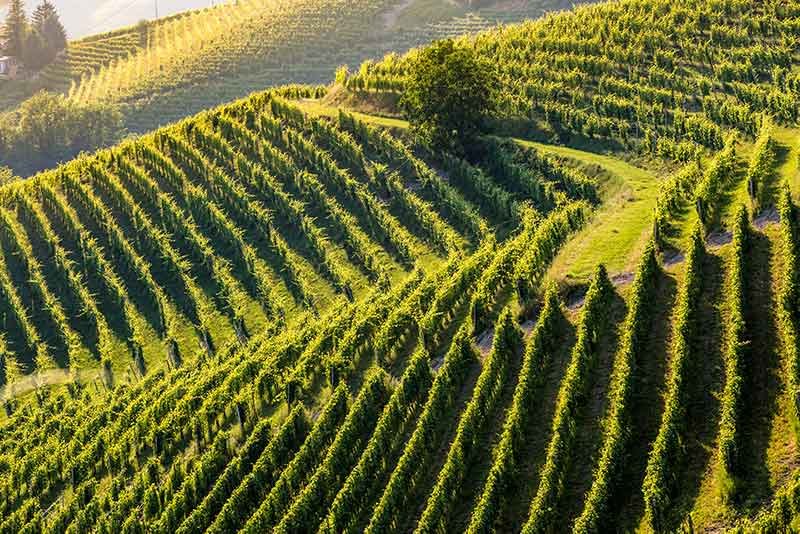
Between 1801 and 1900, the Mascarello family cultivated grapes and sold them to wine producers in Piedmont.
In 1918, Giulio Mascarello, Bartolo’s father, founded the Cantina Bartolo Mascarello winery.
At that time, he was mostly selling Barolo wine in demi-johns (large narrow-necked bottles) to restaurants and customers who could do their own bottling.
In the 1930s, Giulio purchased vine parcels in Cannubi, Rue, and San Lorenzo in the Barolo appellation.
Bartolo joined his father in the winery in the 1960s and took over the business when Giulio died in 1981.
Bartolo was a fearless champion of traditional Barolo winemaking. He disapproved of new trends like barrique aging which became a popular practice in the 1980s.
Fun Fact: Bartolo designed a handwritten wine label that said: “No Barrique, No Berlusconi.” This was a dig at both barrique produced Barolo and Silvio Berlusconi, a former Italian Prime Minister. The winery would slip in a bottle or two into every case with the regularly labeled bottles.
Bartolo died in 2005, and his daughter Maria Teresa took over the winery.
Bartolo Mascarello: Refined, Elegant, and Delicious
The extraordinary Bartolo Mascarello Barolo wine has a balance and finesse that only improves as it ages.
The wine also has good investment potential, making it a must-have for any Barolo wine enthusiast.
So, what are you waiting for?Sign up with Vinovest and add a bottle or two to your portfolio.

